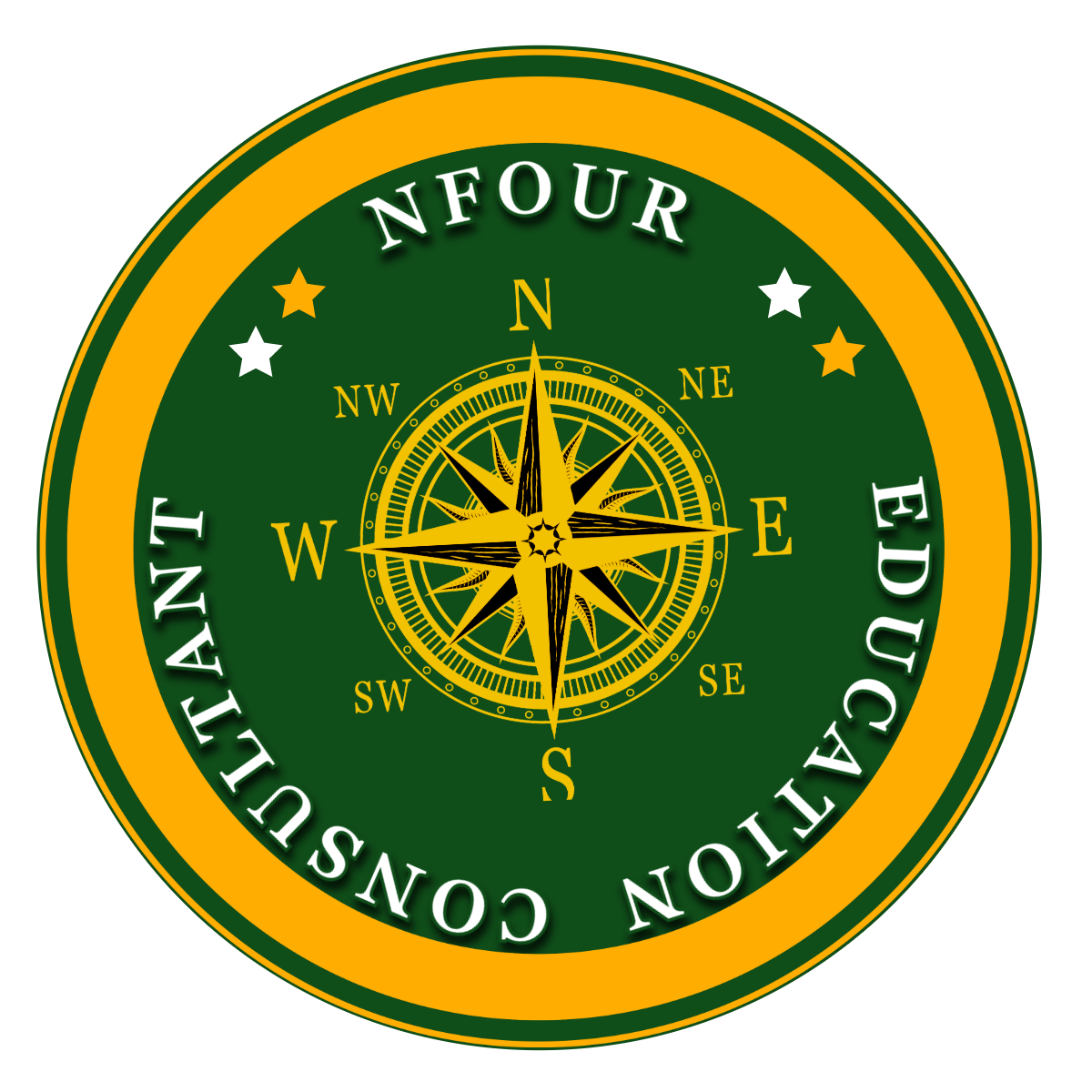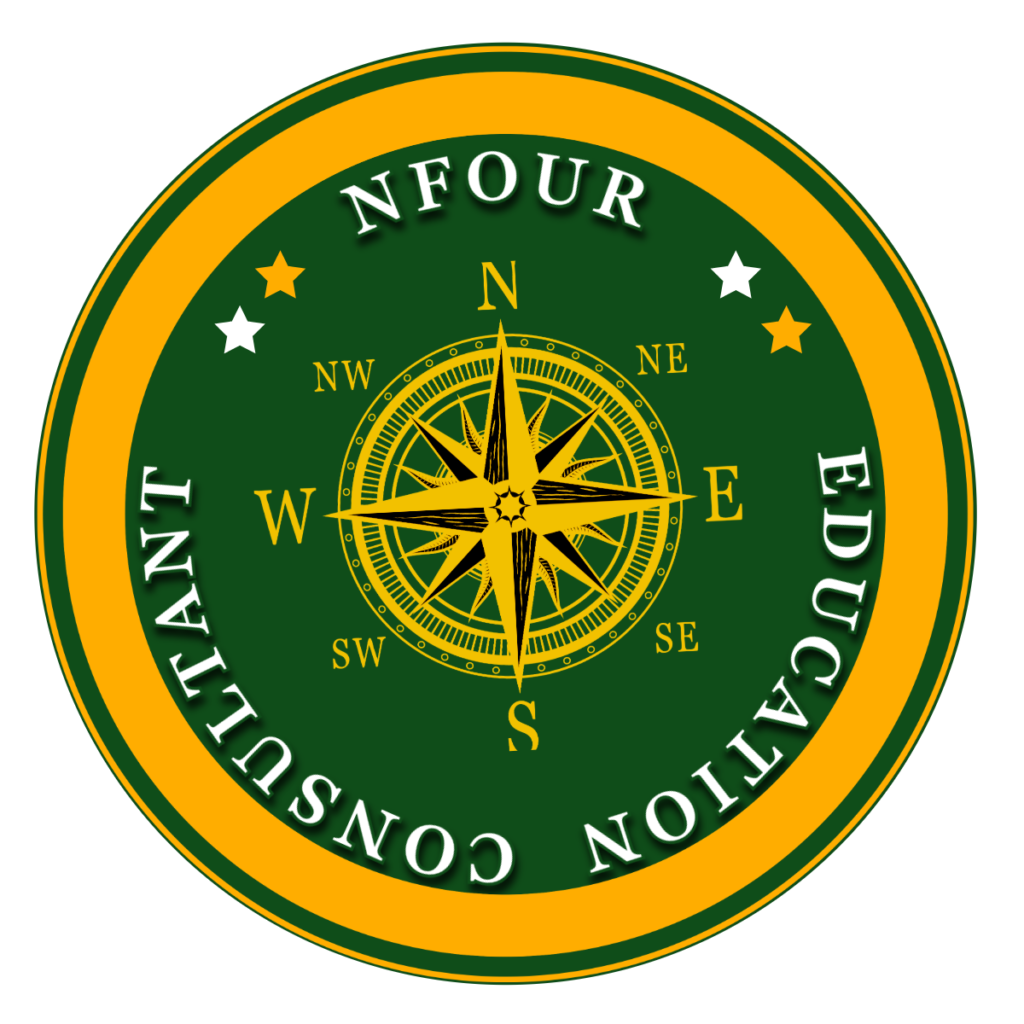
The United States of America
The United States of America (USA) is a large and diverse country, spanning across North America from the Atlantic to the Pacific Ocean, with 50 states, a federal district, and several territories.
the USA has grown into a global superpower with a rich history and significant impact on the world. Throughout the 20th century, it emerged as a leader in politics, economics, and culture.
American culture is a vibrant mix of traditions from around the globe, known for its creativity and influence in areas like music, movies, and technology. The USA’s contributions to innovation and entertainment have shaped how people live and connect worldwide.
Politically, the USA plays a dominant role on the global stage, with significant influence in international organizations and diplomacy.

The USA is also home to many world-renowned educational institutions, such as Harvard, MIT, and Stanford, making it a top destination for international students seeking high-quality education. The country’s leading universities, research opportunities, and vibrant student life attract students from all over the globe, contributing to its reputation as a hub for academic excellence and career advancement.
Why Study in the USA:
The United States stands out as a global leader in higher education, combining quality, diversity, and opportunities like no other. Its world-class universities, innovative teaching, and extensive research facilities make it a preferred destination for those pursuing higher education.
Studying in the USA offers a foundation for academic excellence, personal development, and worldwide opportunities. With top-tier institutions, a focus on innovation, and a lively campus culture, the USA prepares students to thrive in a constantly evolving world.
- Prestigious Universities: The USA is home to globally renowned institutions like Harvard, MIT, Stanford, and many others that consistently rank among the best in the world. These universities offer cutting-edge research facilities and high-quality academic programs.
- Diverse Course Offerings: A wide range of undergraduate, postgraduate, and doctoral programs, allowing students to tailor their studies to their specific interests and career goals.
- Innovative Learning Environment: American universities emphasize practical learning, critical thinking, and innovation, ensuring students are well-prepared for real-world challenges.
- Global Career Opportunities: A U.S. degree is highly respected worldwide, opening doors to careers in leading organizations and industries. Many programs also offer internships, networking opportunities, and access to employers that enhance job prospects.
- Cultural Diversity: The USA is one of the most culturally diverse countries in the world, attracting students from all corners of the globe. This provides a unique opportunity to interact with people from different cultures, broadening your perspectives and enriching your student experience.
- Research and Innovation:The USA leads in scientific research and technological advancements. As a student, you can collaborate with experts and contribute to groundbreaking projects in various fields.
- Scholarships and Financial Aid: Many universities offer generous scholarships and funding options for international students, making education more accessible.
- Vibrant Campus Life: American universities offer a dynamic campus experience with clubs, sports, events, and opportunities to grow socially and personally.
- Job Opportunities: The USA offers abundant job opportunities for international students during and after their studies. Programs like Optional Practical Training (OPT) and Curricular Practical Training (CPT) allow students to work in their field of study, gaining valuable experience. The country’s thriving industries and strong demand for skilled professionals create an ideal environment for career growth.
Entry Requirements
Admission requirements vary by university, applying to study in the USA involves meeting specific academic, language, and documentation requirements.
1. Academic Qualifications
- Undergraduate Programs: Completion of secondary education (high school) with qualifications equivalent to the US high school diploma. You may need to provide transcripts and certified translations if they are not in English.
- Graduate Programs: A relevant undergraduate degree equivalent to a US bachelor's degree. Some programs may also require specific qualifications or work experience.
2. English Language Proficiency
Non-native English speakers must demonstrate proficiency in English through one of the following tests:
- TOEFL (Test of English as a Foreign Language)
- IELTS (International English Language Testing System)
- PTE Academic (Pearson Test of English)
- Some universities may accept alternatives like the Duolingo English Test or ITEP.
3. Standardized Tests
For both undergraduate and postgraduate programs, applicants are usually required to submit a personal statement or statement of purpose. This document should highlight the student’s motivation for applying, relevant academic achievements, career goals, and why they wish to study at a particular university, program, and country.
- SAT/ACT: Commonly required for undergraduate admissions.
- GRE/GMAT: Required for graduate programs, especially for STEM and business fields.
- Some universities may have test-optional policies or waive these requirements.
4. Application Documents
- Completed Application Form: Most universities use application platforms for undergraduates and graduate programs for submission of applications and documents.
- Transcripts: Official academic records from high school/college or previous institutions.
- Statement of Purpose (SOP)/Essay: A personal statement explaining your academic goals, career aspirations, and reasons for choosing the USA.
- Letters of Recommendation (LOR):Typically from teachers, professors, or employers highlighting your abilities and achievements.
- Resume/CV: For graduate programs, professional, work experience, and extracurricular accomplishments.
- Portfolio: For creative programs like design, architecture, or arts.
5. Financial Proof:
Evidence of financial ability to cover tuition, living expenses, and other costs, such as:
- Bank statements.
- Scholarship or sponsorship letters.
- Education loan approval documents.
6. Application Fee:
Some universities may require a non-refundable application fee.
7. Visa Requirements:
After receiving an admission offer, international students must apply for an F-1 student visa. The necessary steps to obtain the visa include:
- A valid passport
- Form I-20 or DS-2019 (issued by the university)
- Payment of the SEVIS fee
- Visa application form (DS-160)
- Proof of financial ability and academic intent during the visa interview

